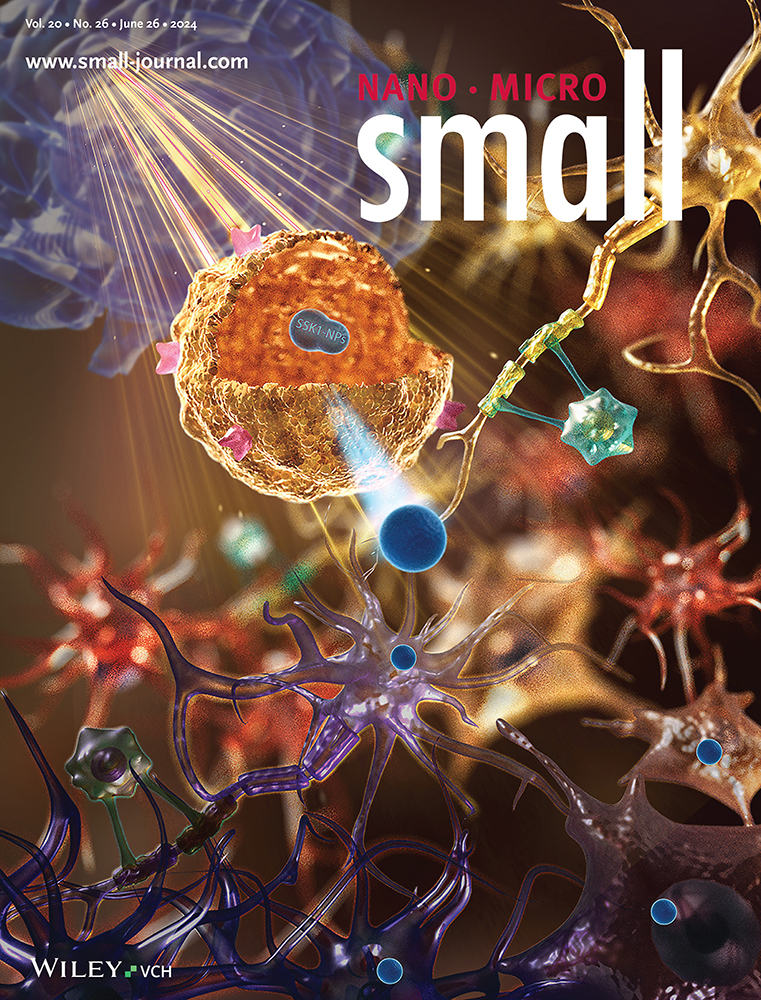Electrochemiluminescence Enhancement and Passivation Mitigation in Carbon Nitride Semiconductors via an Integrated Ternary Heterostructure Strategy
Abstract
In recent years, carbon nitride (CN) has attracted substantial attention in the field of electrochemiluminescence (ECL) applications, owing to its outstanding optical and electronic properties. However, the passivation of CN during the ECL process has contributed to reduced stability and poor repeatability. While some studies have tried to boost ECL performance by altering CN through doping and vacancies, effectively suppressing CN passivation at high potentials continues to be challenge. In this study, the built-in electric field and the Schottky barrier effect is used to expedite the transfer of electrons from CN to the molybdenum disulfide (MoS2) conduction band. This transfer deterred excessive electron injection into the CN band, thus mitigating its electrochemical degradation. Moreover, by introducing nickel nanoparticles (Ni NPs) as catalytic active sites, it is facilitated that the decomposition of potassium persulfate (K2S2O8), thereby enhancing both the stability and intensity of ECL emission. In the end, the application of ternary heterostructure as sensing platform for the cancer biomarker carcinoembryonic antigen (CEA) demonstrated high sensitivity. This research introduces a novel approach to overcome CN passivation, paving the way for more promising applications of CN in energy, environmental, and biosensing fields.
Conflict of Interest
The authors declare no conflict of interest.
Open Research
Data Availability Statement
Data sharing is not applicable to this article as no new data were created or analyzed in this study.




